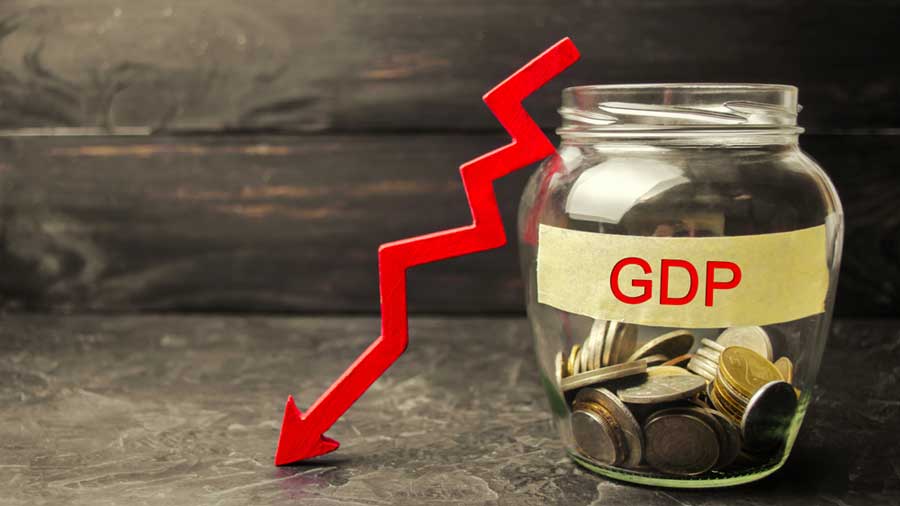On Friday, the Reserve Bank of India decided to keep policy rates unchanged. It is the sixth straight time they have done so. Rarely does the central bank put a pause on policy rates for so long — something it has done to accommodate economic revival.
Policy rates impact lending and deposit rates in the country. While paused rates keep loans cheap, they also lower the returns on bank deposits. This hurts anyone reliant on fixed income from interest-generating instruments such as fixed deposits.
The real returns from deposits are negative because inflation is also spiking. For example, if a fixed deposit returns 5 per cent, your post-tax returns would be 4 per cent after 20 per cent tax.
But if the inflation rate was 5 per cent, your real returns are a negative 1 per cent, which means your capital is eroding instead of growing.
In such a scenario, it is important to take steps that will improve your real returns and make your money grow. Here are some ideas.
Choose rewarding tenures
FDs with shorter tenures tend to have the lowest rates. Longer tenures — typically those above one year — have higher rates.
The longest tenures — five years or more — tend to have the highest
rates. Therefore, locking your money for a higher tenure with a higher rate would give you marginally better returns.
However, since a bottoming out of interest rates points towards a rise in rates in the future, it would be advisable to lock in only a part of your deposits in longer tenures and retain short-term liquidity to exploit rising rates.
Smaller banks help
Large banks tend to offer the lowest rates. The one-year FD rates for the largest banks are in the 4.40 per cent range. However, smaller banks which are hungrier for the depositor’s business will go much higher. The mid-level banks will meet you at 4.50-5.75 per cent for the one-year tenure. The small finance banks may go over 6 per cent, and even as high as 7.25 per cent on longer tenures.
The trade-off is risk. Large banks are well-capitalised, stable, and the most likely to pay back your deposit with interest. That said, a well-calibrated and limited exposure to small banks after an evaluation of risks will help you earn better average returns.
Ladder your FDs
Premature liquidation of FDs leads to an interest penalty, typically 1 per cent. To avoid premature liquidation, you need to time the FD maturity to your liquidity needs or make partial withdrawals which will minimise the interest penalty.
The other way to ensure liquidity and earn higher average returns is to ladder your FDs. This needs you to split your FDs into small deposits with varying tenures between a few months and five years. This will lead to deposits maturing at various intervals, allowing you to exploit rising rates or minimise exposure to falling rates.
At present, when the rates can only rise, it would be sensible to have a short-term-heavy ladder so that you have more FDs maturing in the short term, allowing you to lock in to rising rates.
Look at company FDs
Higher risks could lead to higher rewards. Company deposits are one way to earn higher rewards. There are many options returning 6 per cent and higher on select tenures, with some going over 7.50 per cent. However, keep in mind that the exposure to higher risks need to be in line with your risk-taking ability.
Therefore, a controlled exposure to these options will not only give you better average returns but also minimise your damage in case the company runs into trouble. To lower your risks, you can look for AAA-rated companies and deposits which provide the highest possibility that your principal and interest will both be paid on time.
Look at govt schemes
Some government schemes can provide higher returns than FDs, but the trade-off is a higher tenure and lock-in. For example, for the elderly, the Senior Citizens Savings Scheme (7.4 per cent, with a lock-in of five years) is a must-have. For the tax-saver, the National Savings Certificate (6.8 per cent, also five years) can provide higher rates with lower taxes. Post office FDs return 5.50-6.70 per cent.
The RBI floating rate savings bond can provide 35 basis points above the NSC rate with a seven-year lock-in. These are attractive alternatives to FDs in the 1-7-year range.
Taking no risk is often the biggest risk. Low interest rates and inflation spikes erode your capital.
On the other hand, investing in market-linked instruments as part of a well-thought plan could give you higher long-term returns. The stock markets are at an all-time high and long-term investors have benefitted.Why not give these a chance to improve your real returns?
The writer is CEO, BankBazaar.com











